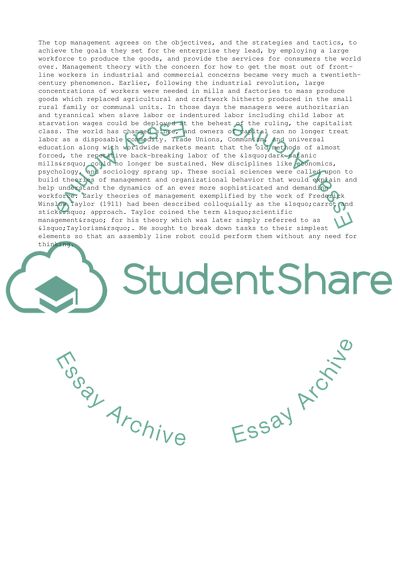Cite this document
(“Classical And Scientific Schools Of Management Theory Essay - 26”, n.d.)
Retrieved from https://studentshare.org/management/1563772-essay
Retrieved from https://studentshare.org/management/1563772-essay
(Classical And Scientific Schools Of Management Theory Essay - 26)
https://studentshare.org/management/1563772-essay.
https://studentshare.org/management/1563772-essay.
“Classical And Scientific Schools Of Management Theory Essay - 26”, n.d. https://studentshare.org/management/1563772-essay.


